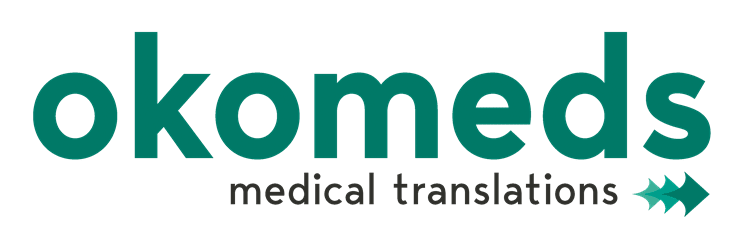
13 Dec Learning about high blood pressure with medical translators
Any translator cannot afford to mix up terms. It could be a matter of life and death, as when we are talking about high blood pressure. Unlike other fields of translation, medical translation can be very challenging, requiring more advanced skills due to the need to be clear accurate and highly precise.
Struggling with hypertension?
Blood pressure is a force. It takes place when the heart conducts blood through the arteries, to the organs. When tension is high, the heart has to make more effort to pump blood. On the other hand, hypertension is a major public health problem. The American Heart Association estimates high blood pressure affects nearly 46% adults in the US.
In this subject, like in other, medical terminology is especially different. Spelling varies in different language. Even abbreviations can differ from language to language. In addition, medical translators face considerable challenges in understanding medical procedures and know-how. For example: blood pressure readings are given as two numbers. The top number corresponds to the systolic blood pressure. That is, the pressure in the arteries as the heart contracts. The bottom number corresponds to the diastolic pressure. Meaning the pressure in the arteries as the heart relaxes.
120/80 continues to be normal blood pressure
High pressure can damage the blood vessels and cause problems in the heart muscle
What are normal pressure levels? As changes happen in medicine and conventions change, these changes can affect the concept. This has happened for “normal pressure levels”. For example, in 2017, the American College of Cardiology released new guidelines for high blood pressure. After this, although 120/80 continues to be normal blood pressure, levels between 120/80 and 129/80 is now considered elevated blood pressure, and levels above 130/80 are considered high pressure.
A difference between blood pressure during physical activity or resting must also be taken into account. In this sense, normal blood pressure levels can raise to 120-129 mm Hg, when the heart beats for physical activity; or to 80-84 mm Hg, when in the resting state.

Consequences of high blood pressure
Some of the consequences of complications of high blood pressure are heart disease, renal disease, arteriosclerosis (or atherosclerosis), eye damage and stroke. Medical translators undergo intensive training. That’s why regular translator should not do medical translation. In medical translation, a linguist needs to be equally an expert in medical know-how and the target language.
High blood pressure, over 180/110, may indicate an emergency situation. On the other hand, blood pressure lower than 100/60 can mean low blood pressure. The best way to be sure of the situation is to check with a doctor.
Some benefits can be obtained from a special diet rich in potassium, like bananas, melons, oranges or spinach, and a reduction on the salt or sodium intake to 2,300 mg per day or even 1,500 mg per day. On the other hand a controlled balance diet, normally means less cholesterol due to a reduction of fatty food.
A mere translation without a proper understanding of the culture of the target audience can thus be hazardous. Translating medical documents is highly complex due to the many special terms which are difficult and cannot necessarily be translated directly into different languages. That is why even bilingual doctors and nurses are not advised to translate medical texts.
But, why are people worried about high blood pressure?
Medical technology is evolving around the globe. Medicines and equipment are manufactured in different countries and exported. Relevant documentation needs to be translated into different target languages. However, the main reason people worry about blood pressure is because it does not show strong symptoms, unless it is a complicated stage. This lack of symptoms is dangerous, since it prevents receiving timely treatment before the consequences are more serious. This is why most people diagnosed with hypertension receive treatment with medication.
One of the greatest challenges facing a medical translator is to translate medical texts and documents in a way that meets the needs of two distinct target audiences, patients and their families and doctors and medical professionals. Depending on the target audience different terms shall be used.






Sorry, the comment form is closed at this time.